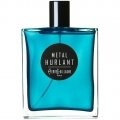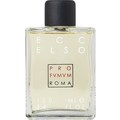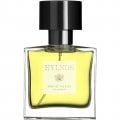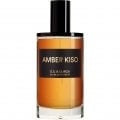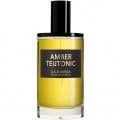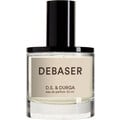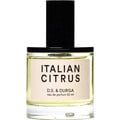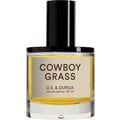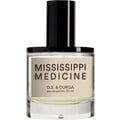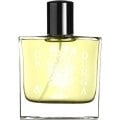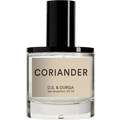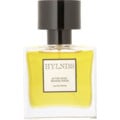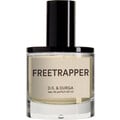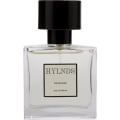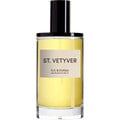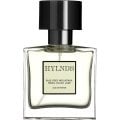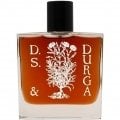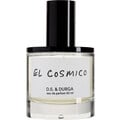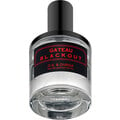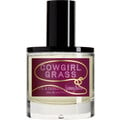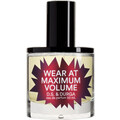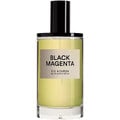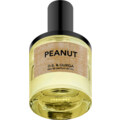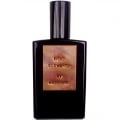12/18/2018

Meggi
212 Reviews
Translated
Show original

Meggi
Top Review
27
Everything tries
A fragrance, of which several ingredients are unknown or at least not sufficiently present, can only be approached from the other side. I take the bittersweetness of Isle Ryder as an opportunity to refer to a recording of Scottish and Welsh folk songs in an arrangement for voice, violin, cello and piano by Joseph Haydn (youtube.com/watch?v=hu8mIKaH2D8)
"Papa" Haydn is... not my favorite composer. Many of his works I find ('sorry...) simply boring. As justification for this, I would like to point out that the situation is sometimes similar for professionals. When Gustav Mahler introduced the conductor Hans von Bülow to the first movement of his Symphony No. 2, he said that Wagner's Tristan was a piece by Joseph Haydn. By the way, this remark, which is by no means meant as a compliment for Mahler, is merely incidental, it is merely intended to explain that Haydn... let us leave it at that.
For I greatly appreciate the aforementioned recording, and this is due to the fact that the already wonderfully unpretentious setting by the exceptional voice of Fritz Wunderlich, who died at an early age, also received an excellent, possibly exemplary performance: Wunderlich was always able - for all the almost unreal beauty of the performance - to provide the more cheerful songs with a cautious, lamentable melancholy of quiet, subliminal melancholy and, in return, to protect the sader pieces from the pathos by wise restraint in tone
Is the fragrance supposed to have a similar effect? I've started to search.
A medically bitter herbaceous prelude on a scratchy ground, to which sweetness is quickly added, which reveals a honey-like origin. A bunch of old foliage comes into olfactory range. Mushrooms have spread to it. After ten minutes a medicinal impression, almost like a kind of natural cough syrup. As I continue, the (already mentioned) lime-tree and the poplar seem to me to be comprehensible. I smell both in the environment of my office at the relevant times to a considerable extent.
Unfortunately, I cannot deny that I increasingly perceive the scent as musty, at the latest when a dull, needle-like woodiness follows the same direction in the middle section. Nevertheless, this does not exude depression, perhaps it should convey a quiet, homely melancholy - that's exactly why I came across the music. However, I would not be able to follow this approach. The scent is now too much "just there" for that, without anything more touching happening. Except that in the afternoon I want to attest him a potato-cereal shoot at the border to the stinky. From far away the sheep muff from '100 Tweeds' by Euphorium Brooklyn comes to my mind, here only without the cheese-prick.
Well, it's not gonna work out. I've tried everything: Warmer days, cooler days, hotter days, colder days; more cautious and offensive application. Nothing helps, the smell remains strange and nebulous to me.
It just can't always fit, after all, the Durgas are very individual - it would be more amazing to like them all. In addition Isle Ryder is far away from a failure; he looks well equipped like his siblings and is of course worth every test.
I thank Gerdi for the rehearsal.
"Papa" Haydn is... not my favorite composer. Many of his works I find ('sorry...) simply boring. As justification for this, I would like to point out that the situation is sometimes similar for professionals. When Gustav Mahler introduced the conductor Hans von Bülow to the first movement of his Symphony No. 2, he said that Wagner's Tristan was a piece by Joseph Haydn. By the way, this remark, which is by no means meant as a compliment for Mahler, is merely incidental, it is merely intended to explain that Haydn... let us leave it at that.
For I greatly appreciate the aforementioned recording, and this is due to the fact that the already wonderfully unpretentious setting by the exceptional voice of Fritz Wunderlich, who died at an early age, also received an excellent, possibly exemplary performance: Wunderlich was always able - for all the almost unreal beauty of the performance - to provide the more cheerful songs with a cautious, lamentable melancholy of quiet, subliminal melancholy and, in return, to protect the sader pieces from the pathos by wise restraint in tone
Is the fragrance supposed to have a similar effect? I've started to search.
A medically bitter herbaceous prelude on a scratchy ground, to which sweetness is quickly added, which reveals a honey-like origin. A bunch of old foliage comes into olfactory range. Mushrooms have spread to it. After ten minutes a medicinal impression, almost like a kind of natural cough syrup. As I continue, the (already mentioned) lime-tree and the poplar seem to me to be comprehensible. I smell both in the environment of my office at the relevant times to a considerable extent.
Unfortunately, I cannot deny that I increasingly perceive the scent as musty, at the latest when a dull, needle-like woodiness follows the same direction in the middle section. Nevertheless, this does not exude depression, perhaps it should convey a quiet, homely melancholy - that's exactly why I came across the music. However, I would not be able to follow this approach. The scent is now too much "just there" for that, without anything more touching happening. Except that in the afternoon I want to attest him a potato-cereal shoot at the border to the stinky. From far away the sheep muff from '100 Tweeds' by Euphorium Brooklyn comes to my mind, here only without the cheese-prick.
Well, it's not gonna work out. I've tried everything: Warmer days, cooler days, hotter days, colder days; more cautious and offensive application. Nothing helps, the smell remains strange and nebulous to me.
It just can't always fit, after all, the Durgas are very individual - it would be more amazing to like them all. In addition Isle Ryder is far away from a failure; he looks well equipped like his siblings and is of course worth every test.
I thank Gerdi for the rehearsal.
21 Comments




 Top Notes
Top Notes 


 Heart Notes
Heart Notes 

 Base Notes
Base Notes 


